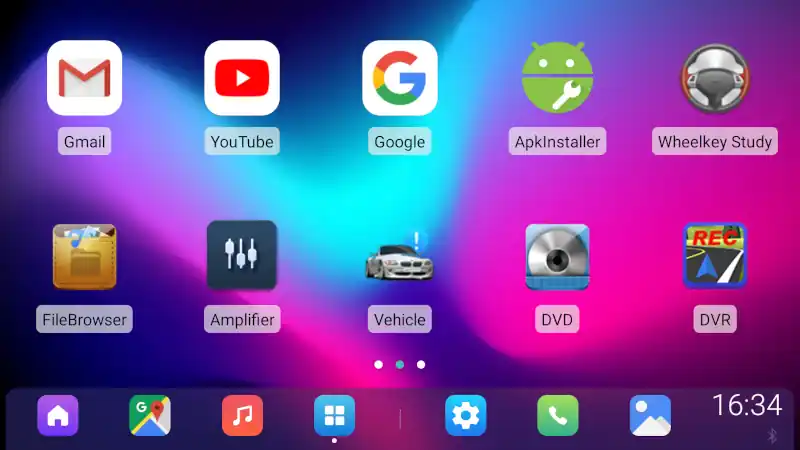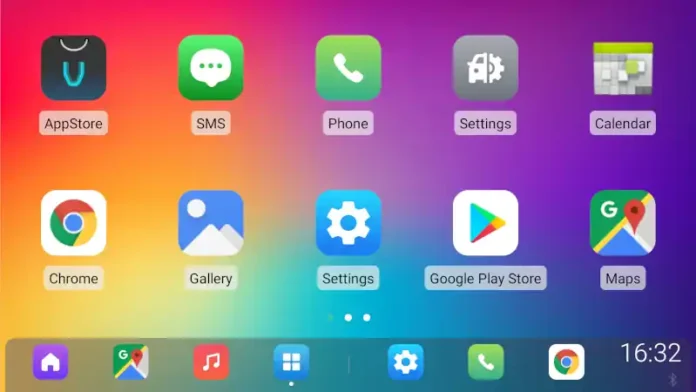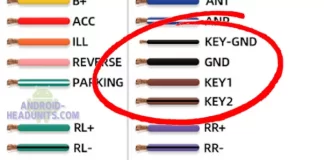You may have seen the Android headunits advertised as having Vivid OS. But what is Vivid OS, and how does it differ from Android?
Is Vivid OS better than Android, and is it still called an Android Headunit if it is Vivid OS?
Vivid OS is seen on the later generation of Dasaita Headunits with PX5 and PX6 generation processors and MTCE, MTCH SoCs in various custom fit, vehicle-specific models, and Double DIN, large display models.
Vivid OS
Vivid can come in two flavors.
One version of Vivid is a .apk that acts like a launcher to take over the driver-facing functions of the headunit, like the home screen and app icon display. You can install the .apk and uninstall it.
The other version of Vivid OS is the Vivid ROM, which is much more ingrained into the headunit. Vivid takes over the main parts of the interface with the driver at a much lower level and can’t be uninstalled like an app. This is because it becomes part of the Android system rather than an app that runs on it.
Vivid ROM
The Vivid ROM is a branch of the Android operating system that makes many deep-rooted improvements that a mere Launcher app could never do.
The development was started over two years ago and is still actively improved to take advantage of the developments of Android.
Features of Vivid OS
Vivid is being actively developed and features such as the split-screen mode were added early on, along with day/night mode based on the timezone. But the design has been for landscape mode, which is much more helpful for an Android headunit, whereas portrait mode Android is aimed at phones.








